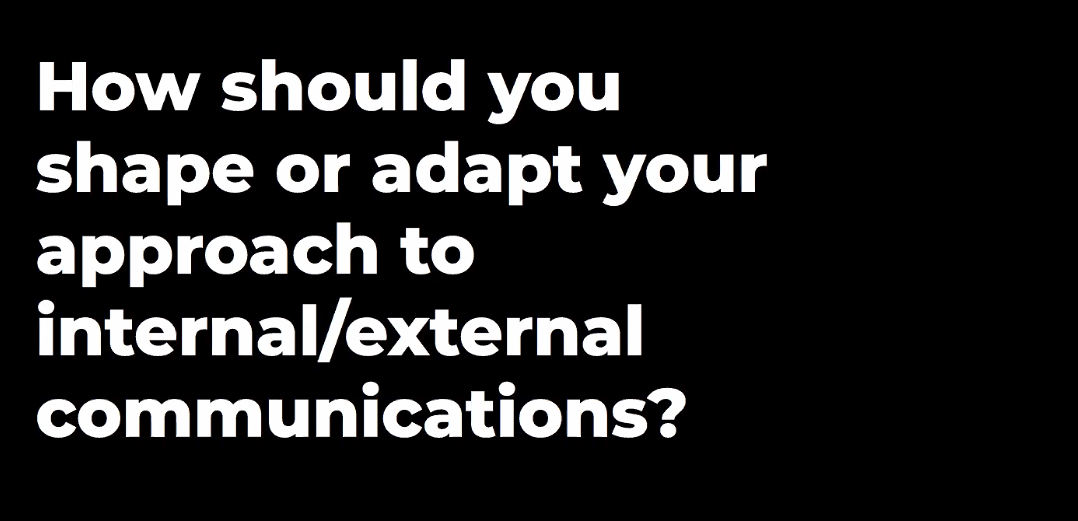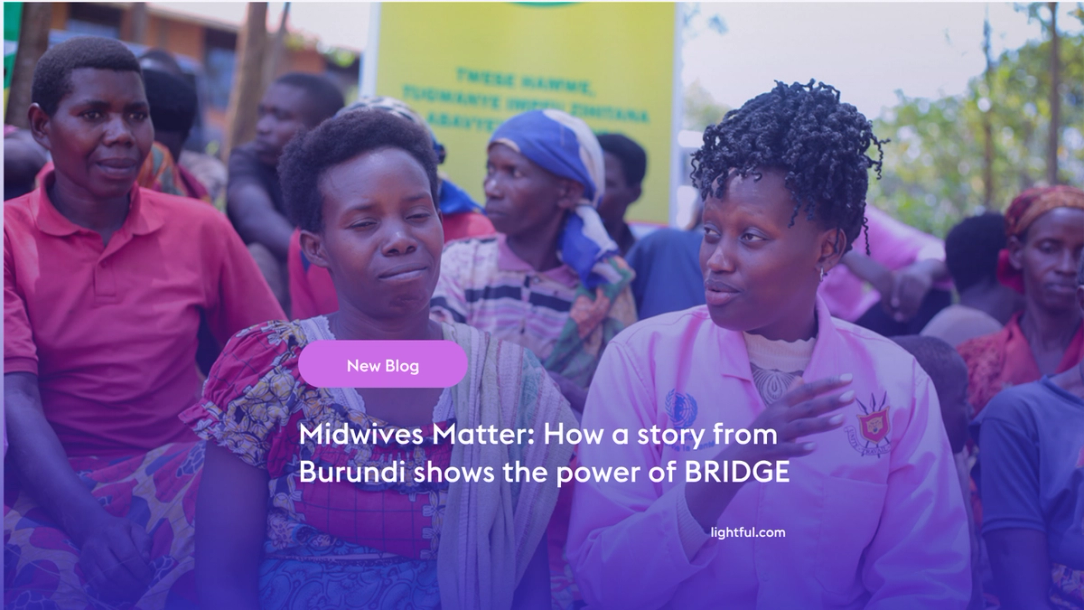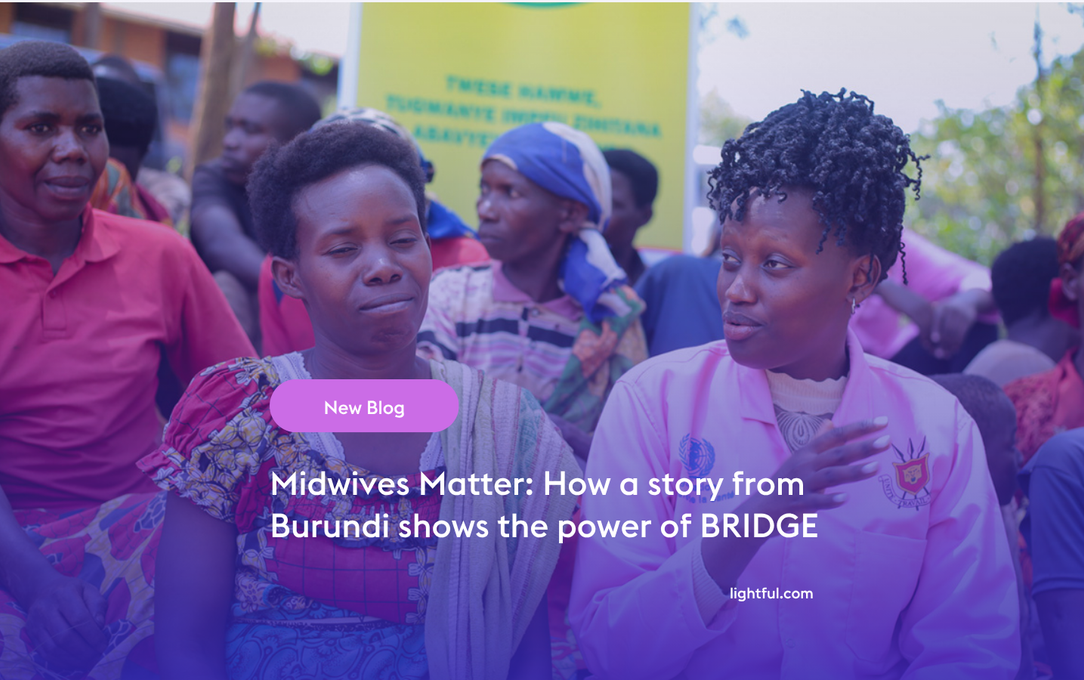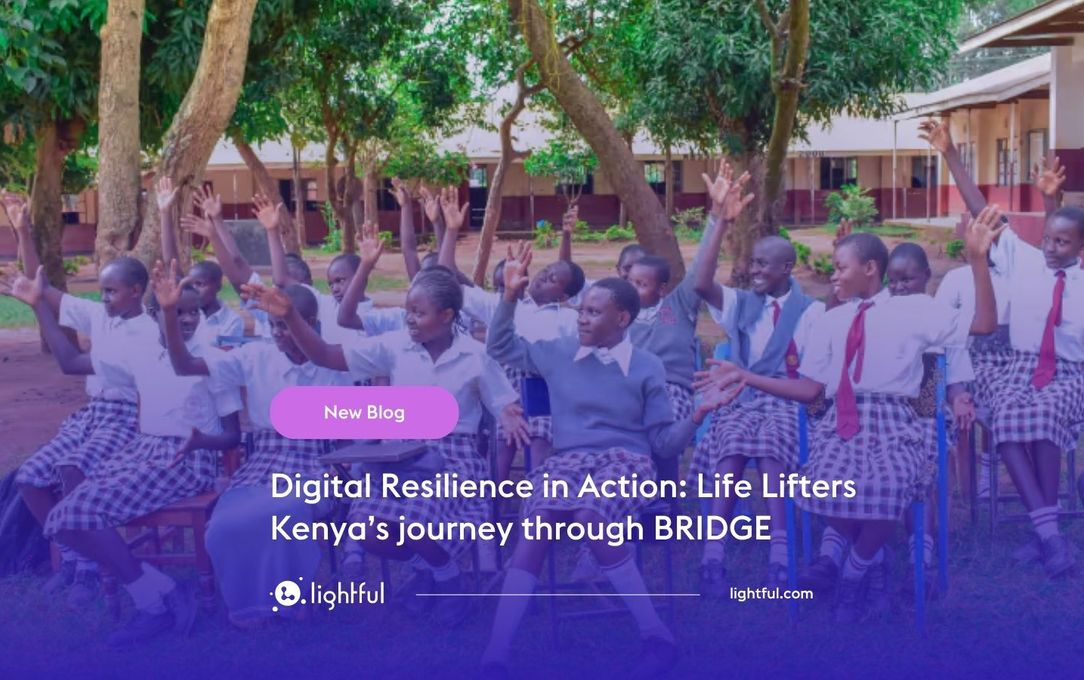BRIDGE takeaways – Internal and external communications during coronavirus

Last week we’ve hosted the first digital drop-in session for our new BRIDGE cohort. Participating charities all over the world joined us to discuss their internal and external communications during coronavirus and the challenges they are facing.
We invited Farra Trompeter, Chief Growth Officer at Big Duck, to join our session and share her expertise with our cohort on comms and crisis messaging.
Here are a few of the takeaways from Farra’s session to help you improve your internal and external communications.
Think of what good communication looks like
The first step to your communications strategy, both internal and external, is to define what good communication looks like for your organisation.
Here are some ideas to consider:
- Clear messaging
- Regular schedule
- Focusing on cultivating relationships
- Providing different options to participate
- Ability to pivot when required
- Regular reviews to evolve and improve
In other words, good communications should focus on a clear and actionable plan that involves relevant messaging that will appeal to your supporters’ hearts and minds.
It is important to remember to review your plan to be able to adapt based on the circumstances while it’s also critical to provide alternative options for your supporters to be part of your campaign. Whether it’s about different channels to find you or different ways of support, it is helpful to make them feel involved in the way that they feel more comfortable.
Your communications need to help people
All your communications should aim to help people. This is even more important during crisis comms when you need to get the right message across.
Here are some tips from Farra Trompeter:
- Be where your supporters are
- Understand why support is important and communicate it
- Make it easy for everyone to get involved
- All your comms should be a two-way dialogue
- Build trust with your supporters
Your communication should reassure your supporters that you are working towards an important cause. You need to build trust with them and make them feel appreciated.
Not everyone is able to make a financial contribution but this doesn’t mean that you should turn away those who can be your campaign’s ambassadors.
Set up your crisis communications strategies

It’s time to come up with a plan for your crisis comms. Start with your objectives and what you want to achieve. What does success look like? What’s the goal of the campaign?
Knowing your objectives can help you set up your strategies.
Here are some tips:
- Be clear and factual
- Make it easy for your community to reach and engage with you
- Be ready for frequent changes when needed
- Rethink how you use your channels
- Consider a crisis spokesperson and provide talking points
- Be flexible and responsive
- Select actions that connect mission and crisis
Your crisis comms strategy should focus on your supporters and what they expect from you. Make it easy for everyone to find out more about your mission and how they can support you.
It’s crucial to be flexible and ready to make changes from one week to another. This is the key to success when aiming to survive during a crisis. Keep reviewing your messaging, the responses, and the performance of your channels to keep them relevant.
Work on your crisis communications messaging
Your messaging is shaping your crisis comms. It’s how you communicate what you’re working on with the world.
When working on your messaging, think like a supporter.
- What do they want to hear from you?
- How is your content relevant to them?
- How can they support you?
- Why do they need to support you now?
The difference between your regular messaging and the one you are creating during a crisis is that you need to explain the change of circumstances to your audience.
Be specific and present how your work can make a difference during challenging times.
Answering your questions

It was a very engaging session and we were happy to see so many questions from all our participants.
Here are a few of the questions that you’ve asked Farra during the digital drop-in.
What’s the difference between a ‘crisis’ campaign and a ‘normal’ one?
This is a great question! The difference between a crisis fundraising campaign and a ‘normal’ one is on the frequency of the posts, the urgency and possibly the images that you share.
There are multiple updates to send during a crisis campaign and your supporters seem to be more understanding in terms of the frequency in that case. The action is more urgent and sometimes there are big changes even from one week to another.
When working on a crisis comms campaign, it’s important to review your messaging and schedule more often to stay relevant and effective. As Farra reminders us on our session, a crisis donor can be harder to retain afterwards so it’s useful to set up a follow-up strategy on how to turn them into regular donors.
How to beat donors’ fatigue?
This is a question that we hear a lot lately. We are already experiencing the impact of COVID-19 for three months so it’s sensible to be afraid of the donors’ fatigue. A good way to keep the momentum is to adjust your messaging.
Your call-to-action should stay relevant when the crisis occurs for several months. Explain why support is important and be prepared to be creative. Restricted giving can actually be helpful during a crisis as your donors know where the money goes. When it comes to corporates and CSR, look at what they are doing and how they are supporting others and adjust your messaging to keep it relevant.
How can you improve your email communications?
One of our participants was wondering, ‘is email still effective?’
Yes! Email can still be effective both for communication and direct gifts. There are many different types of emails that you can send to keep your supporters engaged. You can send monthly or weekly updates, newsletters, petitions, action alerts, sample tweets on how to support you or useful resources.
When it comes to the frequency and the audience you are reaching, data is your friend. Look at the engagement rate and try and reach the people who tend to engage with your emails. Send your emails to those who have opened your emails in the last 6 months. You don’t need to have a large mailing list of people who don’t engage with you as this would affect your measurement of success. Focus on your engaged recipients and review the types of emails that work best for them.
The complete session and the notes can be accessed by our participants in our Lightful Learning platform as part of the BRIDGE programme.
Latest articles

Over the past year, Lightful and the International Confederation of Midwives (ICM) have supported Midwives Associations across Africa, South Asia and the Eastern Mediterranean to build their digital confidence through our BRIDGE programme. These organisations were starting from very different places, but all shared the same goal: to use digital tools to strengthen their voice, raise their visibility and advocate for better outcomes for women and babies.
Related posts

Over the past year, Lightful and the International Confederation of Midwives (ICM) have supported Midwives Associations across Africa, South Asia and the Eastern Mediterranean to build their digital confidence through our BRIDGE programme. These organisations were starting from very different places, but all shared the same goal: to use digital tools to strengthen their voice, raise their visibility and advocate for better outcomes for women and babies.

In today’s rapidly evolving digital landscape, the ability to engage online is a necessity. For nonprofits, especially those working in underserved regions or tackling complex social issues, digital tools can be the bridge between intention and impact. Whether it’s reaching new donors, advocating for policy change, or delivering services, digital capacity enables organisations to scale their mission and deepen their impact. Yet many grassroots organisations remain digitally under-resourced. That’s why Lightful created the BRIDGE programme - Building Resilience in Digital Growth and Engagement - to empower nonprofits with the skills, confidence, and strategies to thrive in the digital age and build lasting change.
See who we help
Contact us
Want to learn more?
Email Jonathan and start a conversation






